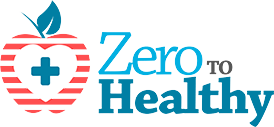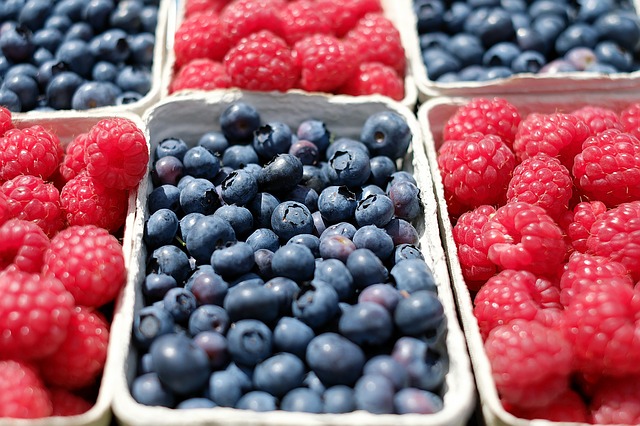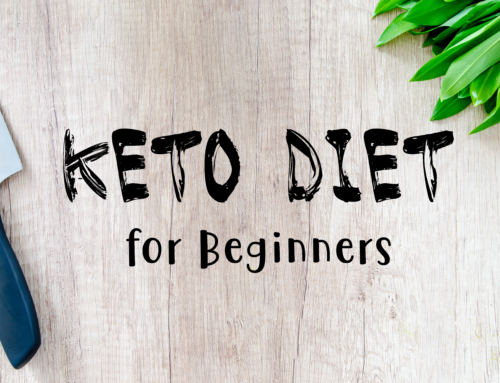What even is a nutrition label? What are all of those numbers on the back label of my food? How do I decipher all of this cryptic nutrition information? There are hundreds of questions that can arise when talking about these tricky labels but all of them may not be necessary if we are just trying to understand the basics of whether the product is healthy and whether you should eat it. Although a nutrition label may look like a clutter of information this guide can help you to sift through it all and help you understand what is really important.
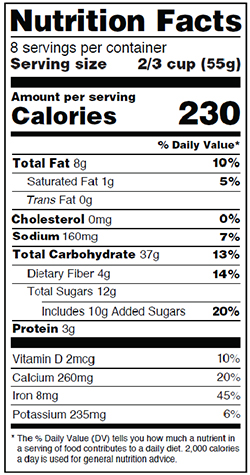 Important Aspects of Nutrition Labels:
Important Aspects of Nutrition Labels:
1) Serving size
Unfortunately food companies can be tricksters by printing correct but confusing serving size information. When we look at a nutrition label (take the one to the right for instance) the label says that the serving size is 2/3 cup…uhhhh…who in the world knows how much 2/3 of a cup is just by looking at it?!
The trickery comes when we look closer to find that in this package there is 8 servings!!!
2) Calories
Depending on the size of the bag or box that the food comes in it may not occur to us that we should not just devour the whole package. Now that we know this package contains 8 servings we should also talk about how the nutrition label is only written for one serving. This means if you actually only eat 2/3 cup you will have consumed 230 calories but IF you eat the whole thing you will have eaten 1,840 calories… and that makes a HUGE difference.
3) Fat
When it comes to fat we should focus on where the fat in the food is coming from. Is it unsaturated or saturated fat, does it contain trans fats?
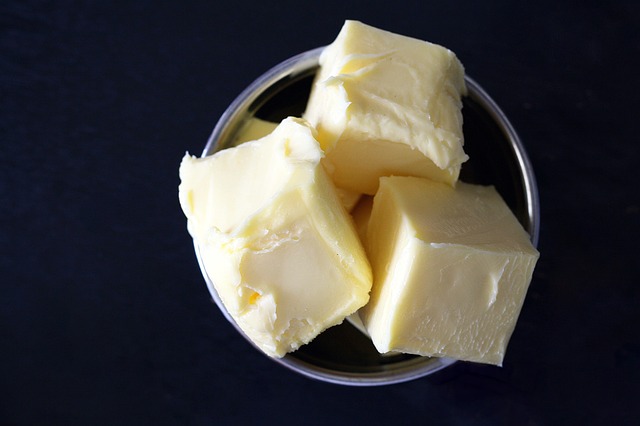 If the product contains unsaturated fats then you are good to go!
If the product contains unsaturated fats then you are good to go!- If it contains mainly saturated fats and/or trans fats then run for the hills (just kidding but we do suggest you put it back)
Why? Fair question my friend!
- Trans fats are artificial fats that are added to foods. They can increase our risk of heart disease and diabetes (No thank you!)
- Saturated fats: can raise the level of cholesterol in your blood which too can lead to heart disease and diabetes.
4) Sodium
We should attempt to choose foods that have a lower amount of sodium since sodium can raise blood pressure in some people.
- Generally highly processed foods contain a high level of sodium
Suggestions to cut down sodium:
- When cooking do not salt your food until each plate has been individually portioned. If you salt all of the food and then each individual plate you will add a lot more salt to your meals than you realize
- When you buy nuts (which are a great snack) buy them unsalted!
- Avoid highly processed foods
On the nutrition label total carbohydrates combines both fiber and total sugars. But wait a second… on our label above:
- Fiber is 4 grams
- Total sugar is 12 grams
- Added sugars are 10 grams (this is not normally listed)
I am not a math major but these numbers do not seem to add up to the total number of carbohydrates listed which is 37 grams?!?!
How could this be? Well, unfortunately starches, a type of carb, are not required by law to be listed on nutrition labels. This means even if a label read ZERO total carbs this may not be entirely true!
6) Fiber
Everywhere we go we hear about fiber. Eat fiber; don’t eat fiber, blah, blah, and blah. Well I am here to tell you, PLEASE eat fiber because it will slow down your digestion keeping you fuller for longer! It really is a beautiful thing. You should aim for about 4 grams of fiber per serving!
Please note: There are some foods that have no fiber or little fiber but that does not mean they are not good for you. For example: Greek yogurt has 0g of fiber.
7) Sugars
Sugars really are a tricky topic because there are some that are naturally occurring and others that are added by the manufacture. At first it can be difficult to tell but thanks to this article we will clear up all of that sugarcoated confusion!
Don’t be afraid of the word “sugar,” many of these occur naturally in many foods such as fruit, yogurt, milk, etc. and are part of a healthy diet.
- Beware: fruit juices
- Some fruit juices, although they have no added sugar, are very high in sugar
- Men should consume no more than 37.5 gram of sugar a day
- Woman should not have more than 25 grams a day
Added sugars:
 We need to watch out for these types of sugars. They are empty calories and do not keep us full for very long.
We need to watch out for these types of sugars. They are empty calories and do not keep us full for very long.
How can I tell if the food I am eating has added or naturally occurring sugars?
- Lucky for us added sugars have to be listed in the ingredients you just have to know what to look for!
- They are listed under names such as: glucose, dextrose, sucrose and maltose
- The common ending of added sugars will normally end in –ose so be on the look out for this identifier.
8) Ingredients
This is a very important part of our nutrition label! The ingredients list tells you what exactly what is in your food. It is listed from what there is most of in the product to what there is the least of.
- General rule: If you can’t pronounce it don’t eat it
- Also watch out for added sugars (dextrose, maltose, sucrose, fructose)
- Look for whole grains and beware of “enriched or bleached wheat flour.”
To break this all down even simpler we can say that generally we should avoid foods with high sodium levels, added sugars, and trans fats. While we SHOULD look for foods that contain natural sugars, fiber, and whole grains!

